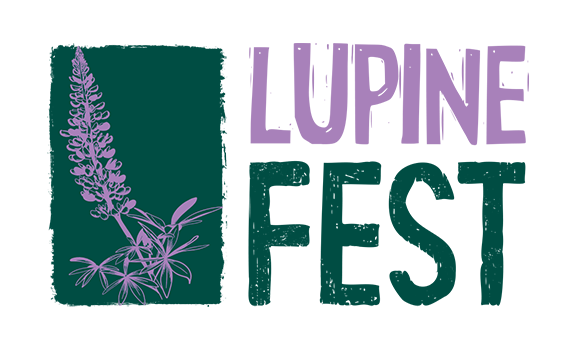

A Karner blue butterfly perches on a hiker's fingertip. This endangered species is small in size but large in reputation!

The pitch pine is the flagship tree of the Albany Pine Bush Preserve.

This tiny brown butterfly depends on wild blue lupine as its food source here in the Albany Pine Bush.

Wild blue lupine is a beautiful spring wildflower and host plant for rare butterflies including the Karner blue butterfly.

Don’t Forget to Check!
Ticks are found throughout the Capital Region, including in the Albany Pine Bush Preserve. Some ticks carry disease and can infect both people and their pets. Always remember to check for ticks after spending time outdoors.

This compact shrub supports a diversity of butterflies and moths.

Look for this tall prairie grass in late summer; the arrangement of its seeds resembles a turkey's foot!

One of two species of "scrub oak" in the Albany Pine Bush Preserve.

One of two species of "scrub oak" in the Albany Pine Bush Preserve.

The adaptability of the eastern coyote enables it to survive in a variety of habitats including inland pine barrens.

Watch for this bold and beautiful moth on sunny days in late September and early October!

Eastern Towhees are a common summer resident of the Albany Pine Bush Preserve.

A beautiful snake, reknown for its acting abilities!

These tiny migratory songbirds travel long distances to raise their young in the Albany Pine Bush Preserve.

Because of its subterranean habits, this secretive toad-like amphibian can be hard to find.

The Albany Pine Bush Preserve is at the northern end of the eastern box turtle's range. Once common, they are now a rare sight in the preserve.
 (Custom)_71.jpg)
Oversees the implementation of the Commission's mission to manage and protect the preserve, particularly the Management Plan. The Board reviews and approves finance, audits, policies and other related procedural elements to comply with appropriate laws, regulations and fiduciary requirements. The public is welcome to attend quarterly meetings of the board.
Members
 (Custom) (3)_72.jpg)
Informs the Commission of current governance trends and best practices, and reviews and recommends policies and guidelines related to governance of the Albany Pine Bush Preserve Commission.
Members:
Vice Chair (Casey Holzworth)
Committee Chair
Office of Parks, Recreation and Historic Preservation
Appointment date: March 28, 2024
Chair (Sean Reynolds)
Committee Member
New York State Department of Environmental Conservation
Appointment date: March 28, 2024
Secretary (Donald Csaposs)
Committee Member
Town of Guilderland
Appointment date: March 28, 2024
Treasurer (John Brust)
Committee Member
Citizen Member
Appointment date: March 28, 2024
 (Custom)_73.jpg)
Assures the Commission's board fulfills its responsibilities for the internal and external audit process, financial reporting process and system of risk assessment and internal controls over financial reporting.
Members:
John Brust
Committee Chair
Appointment date: March 14, 2012
Donald Csaposs
Committee Member
Appointment date: March 14, 2012
Nancy Pierson
Committee Member
Appointment date: March 15, 2018



